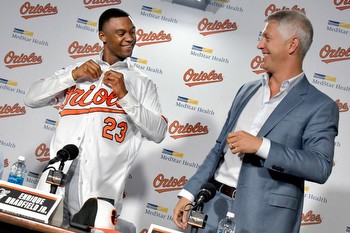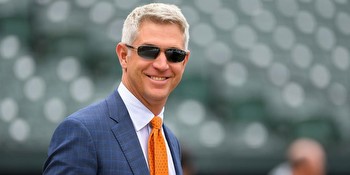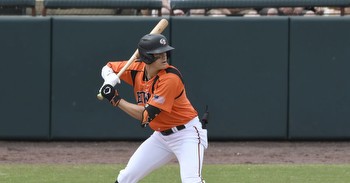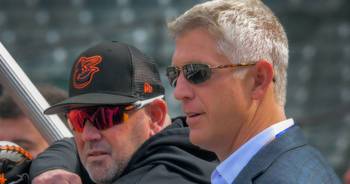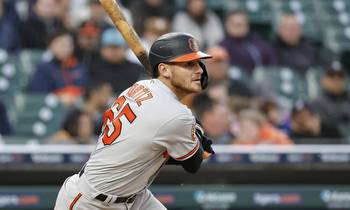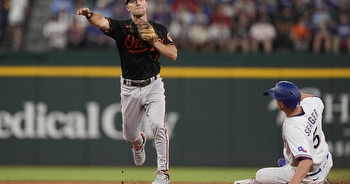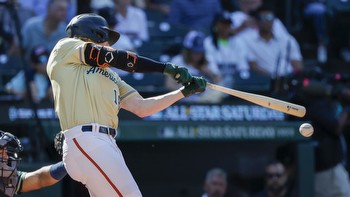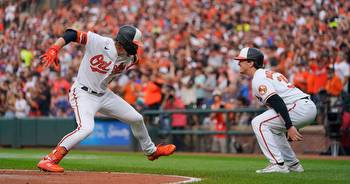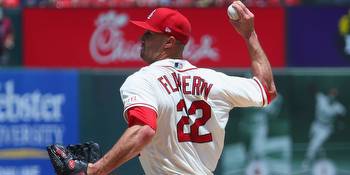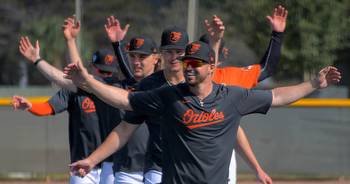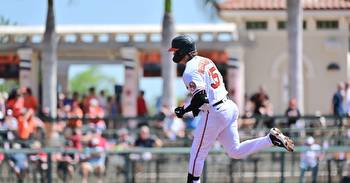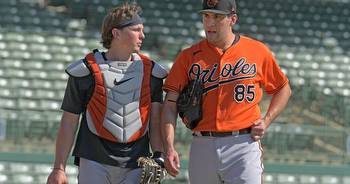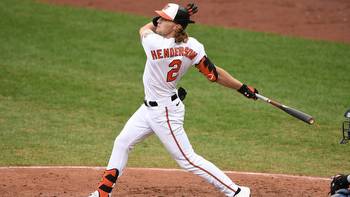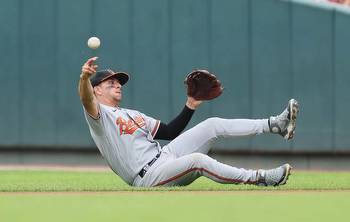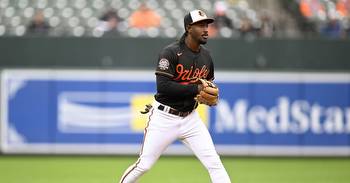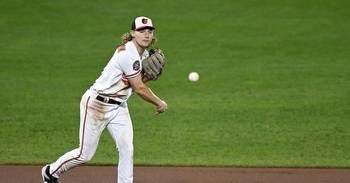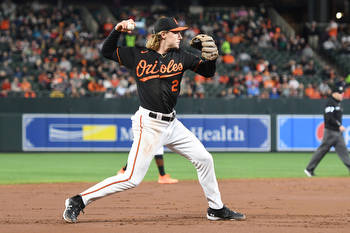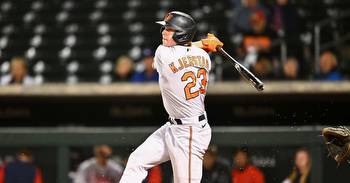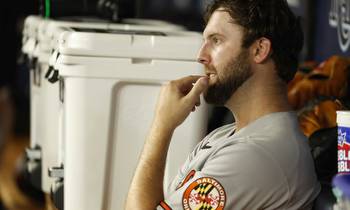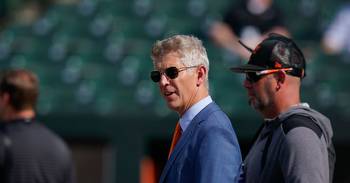Why have the Orioles not promoted Jordan Westburg yet?
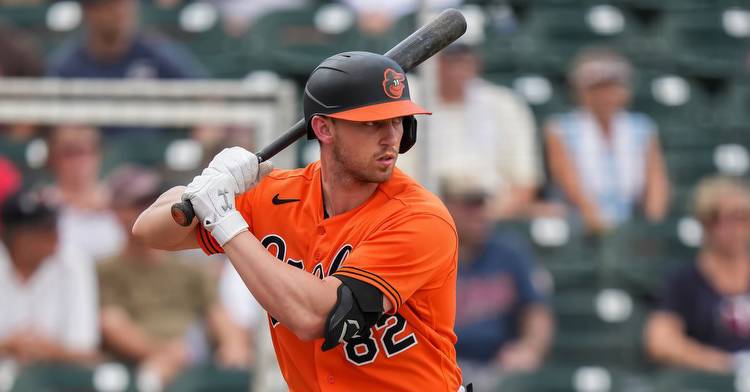
With more than a third of the 2023 season in the books, these Baltimore Orioles continue to defy expectations. Although their win pace has slowed a bit since a torrid April, their record is still among the league’s best, and they have a nice cushion in the AL Wild Card race.
That said, there is plenty of room for improvement.
Some of the areas of need are difficult to fill. Ace pitchers, for example, are a rarity, and the task of prying the few that do exist away from their current clubs isn’t for the faint of heart. Just about every playoff contender would love a new jewel atop their rotation. The one that ends up getting it will likely have to part with substantial prospects to get it. That isn’t something the Orioles have been willing to do up to this point in the Mike Elias era.
But other areas are far simpler, particularly for the Orioles, an organization bursting at the seams with young hitters near the top of their farm system.
The Orioles have a nice lineup. They are tied for seventh in MLB in runs scored, rank eighth in walks, 14th in on-base percentage, 13th in slugging, and 11th in OPS. Across the board they are solidly above average. But again, there is room to grow.
Orioles second basemen (a position manned most often by Adam Frazier) have a 90 wRC+ this season. Their shortstops (usually Jorge Mateo) sport a 76 wRC+. And their third basemen (typically Gunnar Henderson) are at 95 wRC+. At no position on the infield are the Orioles putting up numbers above league average.
Now, those numbers need some context, of course. wRC+ is not a number that adjusts for position, and not every player deploys their value through their bat. Mateo is on the team for his glove and his work on the base paths. Anything he does with the bat is extra, although there has to be a threshold of acceptable ineptitude for everyone in all facets of the game.
Meanwhile, the Orioles are sitting on infielder Jordan Westburg at Triple-A Norfolk, a 24-year-old prospect who has become a recent obsession for a portion of the team’s fan base.
The reasoning behind the external push for Westburg is clear. The 30th overall pick in 2020’s draft is crushing it with the Tides this year. In 51 games he owns a .308/.387/.601 batting line with 15 home runs. It’s his second go-around at the level, where he spent 91 games in 2022, and his numbers have improved across the board. Plus, he has shown increased versatility. In addition to his time spent at second, third, and short, Westburg has also mixed in a few innings at both corner outfield spots.
Elias has often spoke about his desire to see a prospect graduate from a level. In most instances that seems to mean utter domination, making a promotion to the next level undeniable. Obviously, that can be a bit more complicated when talking about the jump from Triple-A to the big leagues, but regardless it certainly feels like Westburg has done everything possible to earn himself a trip to Baltimore.
So, what gives? Why haven’t the Orioles given Westburg the call despite mounting evidence to suggest that he is, indeed, one of the club’s 13 best hitters? Let’s talk through that.
Prospect perception
Westburg is a good prospect. Prior to the start of the season, MLB Pipeline, Baseball Prospectus, and Baseball America all agreed that he was between the 74th- and 76th-best prospect in the sport. FanGraphs disagreed, keeping him off its list altogether.
It’s impressive to be regarded as “Top 100” type of prospect at any point, but even more so after making it all the way to Triple-A. Your odds of making it to the big leagues and having a career of some significance at that point are pretty great.
At the same time, not all prospects on that list are created equal. Take a look at Joey Ortiz. He was a few spots below Westburg on most of those lists, and FanGraphs actually liked him more (ranked 66th overall). The Orioles have put him on the Norfolk shuttle this year, going up and down to plug holes but never really given a chance to establish a role. That’s not usually how a franchise cornerstone is treated, but rather a bench or stopgap type.
The point being that Westburg is not currently regarded in the same stratosphere as the likes of Adley Rutschman or Gunnar Henderson at similar points in their career. He’s closer to Ortiz. That doesn’t mean he cannot match or even eclipse them at some point, but rather that his raw skills aren’t overwhelming in that way.
Where to play him
It’s always nice to know a player can handle another position or two in a pinch. As mentioned before, Westburg has experience all over the diamond. That’s an asset. But it also may hint at the fact that Orioles aren’t totally sold on his glovework at any one position either.
In fact, in FanGraphs’ pre-season scouting report on Westburg they went pretty hard at his defensive limitations. They say his arm is “best suited to play second base, maybe even left field eventually” and that while he should show some decent power he would ultimately be someone that plays “fringy infield defense, a complementary regular who needs a late-inning replacement.”
Now, that is just one perspective, and MLB Pipeline’s writeup directly refutes it by saying that Westburg has “the arm strength and moves well enough to play [shortstop]. At second base or third base, he could be at least an above-average defender.” Defense, at least on the publicly available prospect lists, is still rather subjective.
What we do know is that the Orioles value infield defense. That was one of the reasons they brought in Frazier this offseason, Mateo and Ramón Urías each carry their own reputation on that side of the ball, and the aforementioned Ortiz has always been regarded as an elite defender. The Orioles will have their own internal valuation of Westburg’s work with the leather. It won’t necessarily need to meet the level that some of his big league counterparts possess, but it needs to be somewhat close.
Roster gymnastics
Manipulating roster spots while competing for a playoff spot is a delicate balance. To this point in 2023, Elias has largely held onto players on the fringes of the team’s 40-man roster and those out of options. Cionel Pérez and Austin Voth are thankful for that.
Part of those calculations is keeping prospects off the 40-man roster until they absolutely need to be, or if they force the GM’s hand. You may remember that Rutschman was not placed on the 40-man roster until the moment he was called up last May. It’s the same reason Ortiz is in the mix now. It’s not that the club thinks of him more highly than Westburg or anyone else. But he had to be added over the offseason, and so he gets a bite at the big league apple first.
Westburg does not “need” to be placed on the 40-man roster until December. That is when he becomes eligible for the Rule 5 draft. If it comes to that point, there is no question that the Orioles would add him then. He won’t be going to another organization for the peanuts it costs to make a Rule 5 selection.
But between now and then, the Orioles are only going to put him on the 40-man roster when they are sure he will be making his way to Baltimore. To that end, they won’t be making that move until they are sure he will be staying in Baltimore.
If they view him as a guy that will step into the starting lineup (or at least be part of the regular rotation) then it makes sense to add him sooner rather than later. But if they instead think of him more as a bench piece that could shuffle between Triple-A and the bigs, then it makes more sense to wait. They already have Ortiz or Terrin Vavra to fill that need.
Other theories
Sometimes it’s fun to get conspiratorial, so let’s do a little bit of that.
There are some folks that think the O’s view Westburg as trade bait, and his time is better spent marinating in Norfolk than showing his potential flaws at the highest level.
Maybe I could squint my eyes and turn my head to see that one, but the trade deadline is less than two months away. Would a potential suitor allow what is likely years of internal data on Westburg’s career be wiped away by a few weeks playing against the stiffest competition of his entire life? Not so sure about that.
The other prevailing theory is that the Westburg is being held back until the Super Two threshold is passed. Now that is entirely possible, maybe even likely. It should be said that the Super Two threshold is something of a moving target that the Orioles won’t really know for some time, but they can take an educated guess as to what it will be each year.
Last year’s Super Two status was set at 2.128 years. That was an increase from 2.116 years in 2021. That number after the decimal point gives you an idea of how many days a player would need to spend in the big leagues their first year to potentially beat the Super Two threshold a few years from now and get to arbitration early.
There are ~118 days left in the Orioles season as of this writing. In order for the club to be confident that Westburg would not be a Super Two they probably want to wait another week or so before making the call. Mark it down now!
The ultimate reason why Westburg has not made his major league debut is likely a mixture of service time manipulation and an honest analysis of the player’s skillset. How good does a player have to be for the Orioles to promote him “early?” Unfortunately for Westburg, it seems he wasn’t quite good enough. But his long wait should nearly be over, and his arrival in Baltimore will hopefully be a welcome injection of talent to a lineup that could use a jolt.
.jpg)







